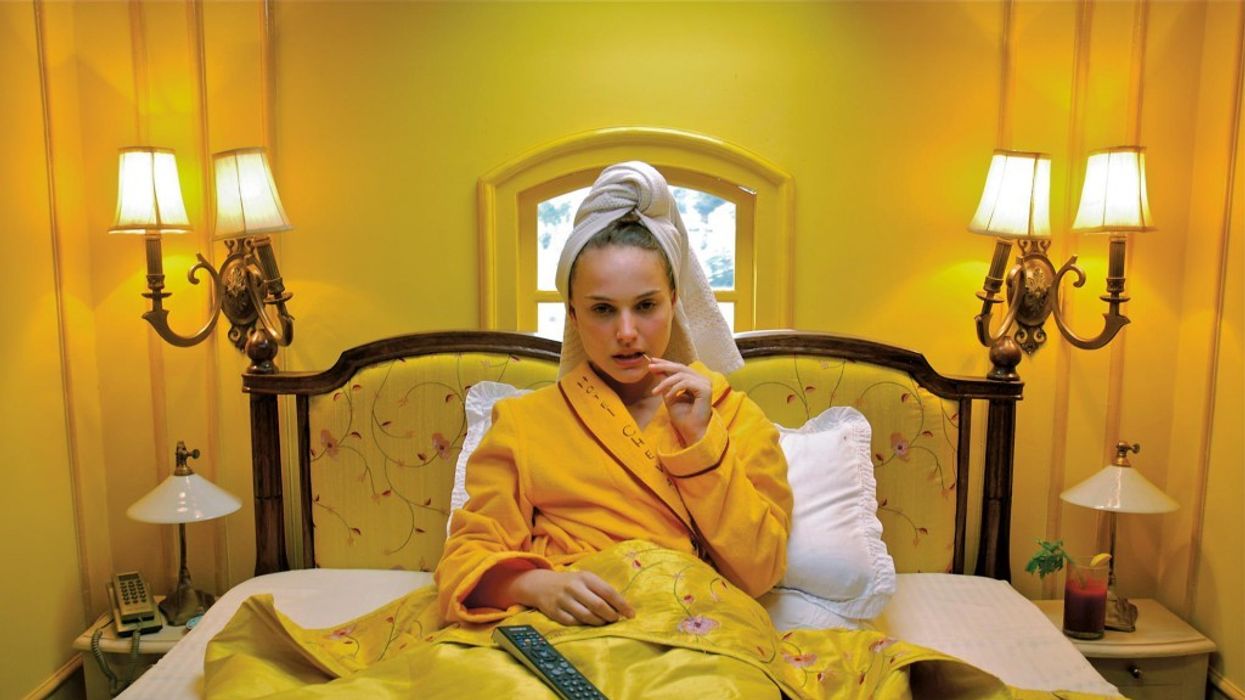What makes a Wes Anderson movie so Wes Anderson-like? Whether it's the wide-angle anamorphic lenses, slow motion endings, Futura Bold titles (usually yellow) or rostrum camera inserts, they all serve to enhance one particular aspect of filmmaking: production design.
Anderson's obsessive attention to detail is no secret to those of us who appreciate his work. The beautifully designed sets and meticulously placed props elevate Anderson's movies. Regardless of how you feel about his tongue-and-cheek thematic material, you have to admit it: these films look good.
Candice Drouet's latest video essay gives us a nice side-by-side comparison of on-set photos to screenshots, so we can fully appreciate all of the work that goes into creating the Anderson aesthetic.
Many attribute Anderson's instincts for design to his early work as a playwright. The director knows that every part of the film can be used as a means to further character. This is evident in the way his protagonists interact with their environment; their relationship to the space is integral to the plot of every one of his stories.
What's more, the rooms and settings which the characters choose to inhabit intimately reflect their personalities. Steve Zissou's ship is nearly as ostentatious as the famed sea explorer himself. The confined quarters ofThe Darjeeling Limited force three brothers to put aside whatever childish differences they might have and reconnect on a spiritual journey through the vastness of India. As such, the settings are almost like characters themselves.
Anderson's work proves how production design can make or break a movie. One lesson we can all certainly learn from him is that there is no such thing as too much attention to detail when visually assembling your world.












